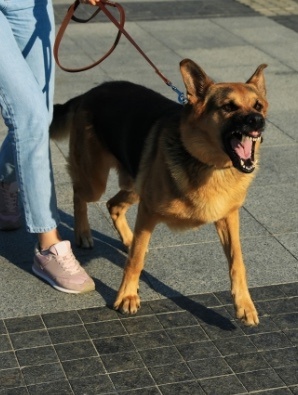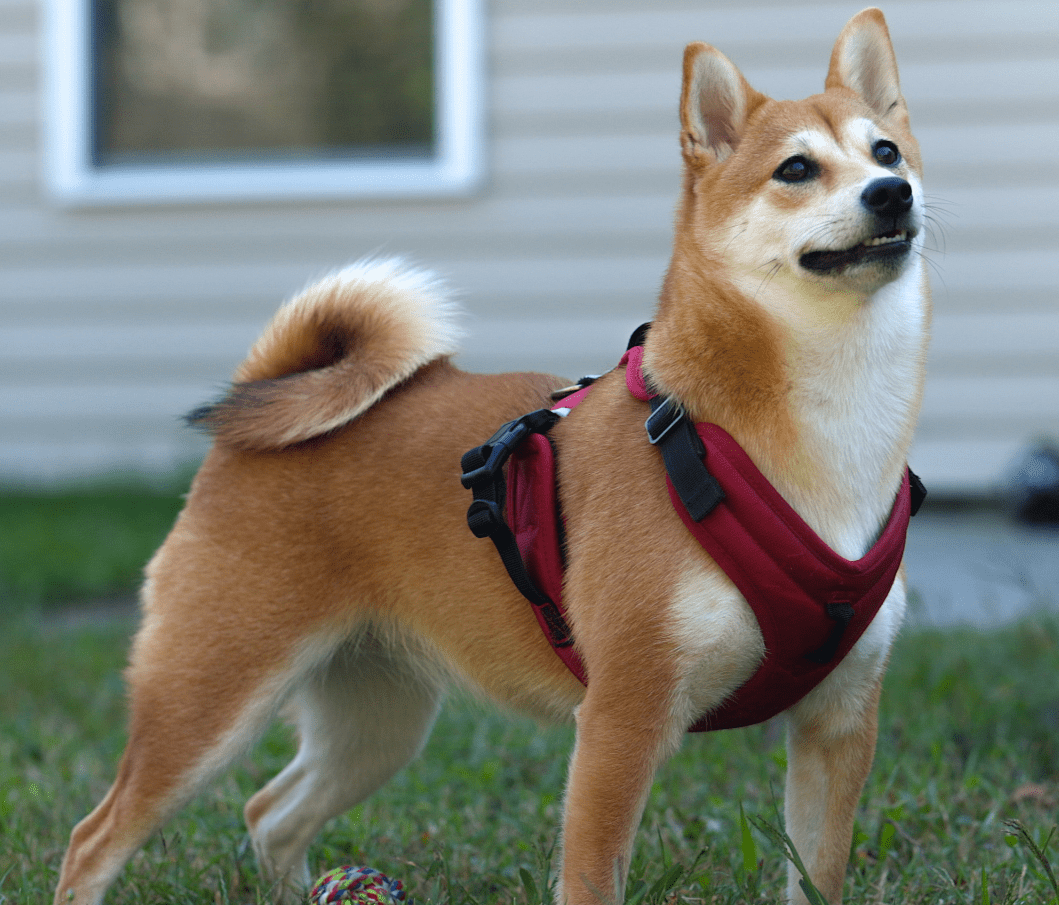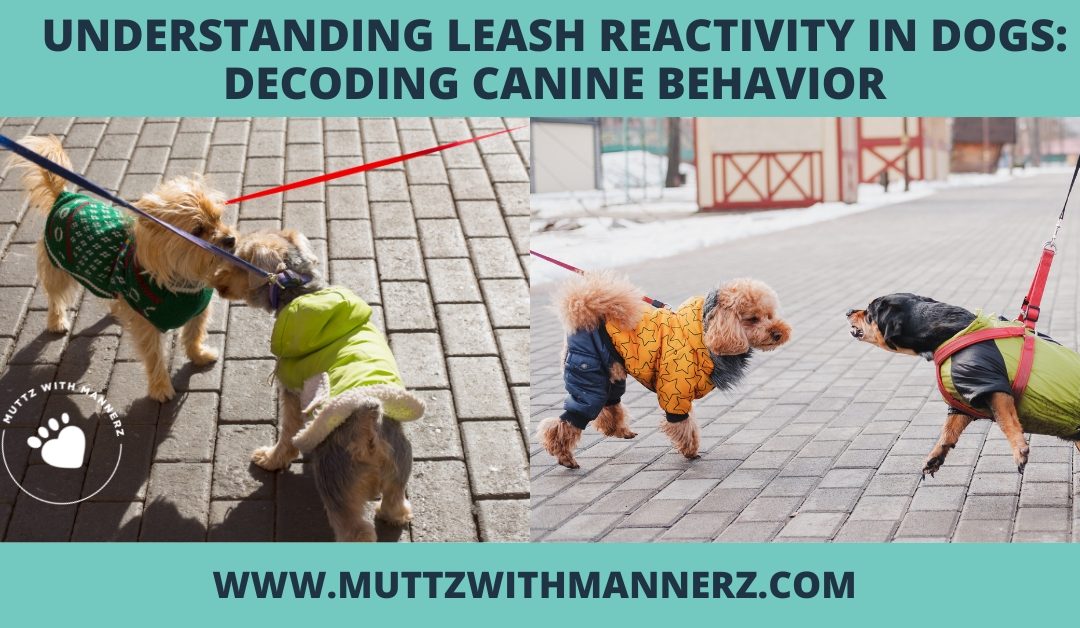Walking your dog should be an enjoyable activity, but for many pet owners, the struggle with leash reactivity can turn a pleasant stroll into a challenging ordeal. Today we’ll explore the complexities of leash reactivity – recognizing the signs, the impact on dogs & owners, some of root causes, and what you can do to gain a deeper understanding of your dog’s behaviour.
Recognizing the Signs of Leash Reactivity:
Understanding your dog’s body language is crucial for early intervention. Look for the following signs:
- Stiff Body Posture: A tense and rigid body can indicate discomfort or stress.
- Raised Hackles: Elevated fur along the back signals heightened arousal or agitation.
- Intense Staring: Fixed, intense stares may precede reactive behavior.
- Vocalization: Growling, barking, or whining can be signs of unease.
The Impact on Dogs & Owners:
- Increased Stress Levels: Leash reactivity elevates stress levels for both the dog and the owner, impacting the overall well-being of the pet.
- Difficulty in Daily Walks: Owners may find themselves hesitant to take their dogs on walks, limiting essential exercise and mental stimulation.
- Strained Relationships: The tension during walks can strain the bond between owner and dog, affecting trust and communication.
- Safety Concerns: Reactive behavior poses a risk of injury to the dog, the owner, and others in the vicinity.
Some Causes of Leash Reactivity:
- Fear and Anxiety: Dogs, like humans, can experience fear and anxiety. Unfamiliar environments, new people, or other dogs may trigger these emotions, leading to reactive behavior.
- Lack of Socialization: A lack of early socialization can contribute to leash reactivity. Dogs that haven’t been exposed to various stimuli during their formative weeks may struggle to cope with novel experiences.
- Territorial Instincts: Dogs are territorial animals, and being leashed can heighten their sense of confinement. This may result in perceived threats, leading to defensive or aggressive reactions.
- Overstimulation: Overwhelming environmental stimuli, such as loud noises, bustling streets, or a plethora of scents, can overload a dog’s senses, triggering a reactive response.
 What You Can Do to Curb Leash Reactivity:
What You Can Do to Curb Leash Reactivity:
- Altering your schedule to support your dog: Walking at quieter times or different locations to avoid your dog’s triggers.
- Counter-Conditioning and Desensitization: Gradually expose your dog to triggers in a controlled manner, combining positive reinforcement to change their emotional response.
- Redirecting Attention: Teach alternative behaviors, such as focusing on a toy or performing a command, to shift your dog’s attention away from potential triggers.
- Professional Guidance: Seek the assistance of professional dog trainers or behaviorists for personalized strategies and support.
Understanding leash reactivity is a vital step toward building a stronger connection with your dog. By identifying the root causes, recognizing early signs, and employing positive training techniques, you can transform walks into enjoyable experiences for both you and your dog
Remember, a compassionate and patient approach that acknowledges your dog’s emotions, coupled with professional guidance when needed, will pave the way for a harmonious and fulfilling relationship with your beloved pet.
To learn even more about leash reactivity listen to our recent Podcast Episode 32: Navigating Leash Reactivity with Expert Karen Baxter .

